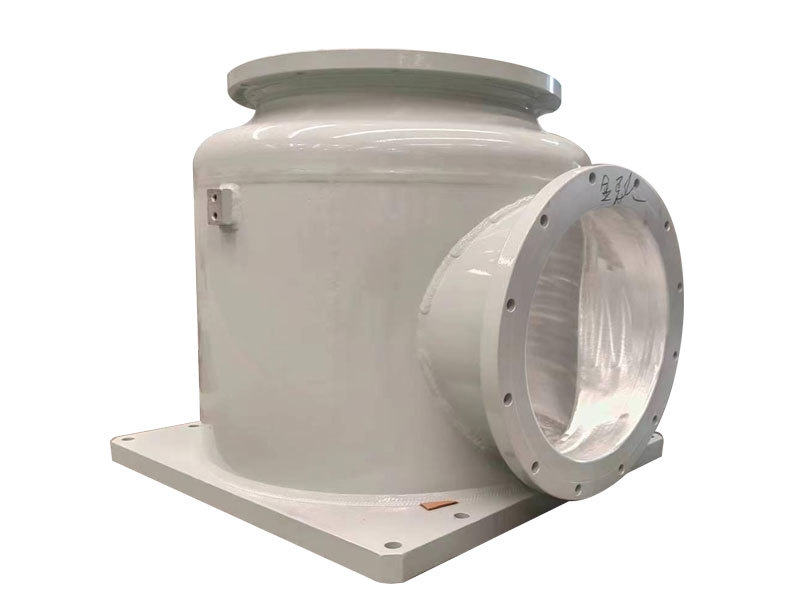GIS Stator Housings
Release time:
2025-04-23
Summary
GIS Stator Housings are a product of key significance in the field of power systems.
1. Structure and Design
GIS Stator Housings adopts a sophisticated structural design. It is an overall closed structure, and the shape of the shell is carefully planned to meet the layout requirements of the internal stator components. Its internal space layout is reasonable, which can effectively accommodate key components such as stator windings and cores, while ensuring sufficient electrical safety distance between the components. The wall thickness of the shell is uniform and has undergone strict strength calculations to withstand various stresses such as pressure and heat generated by the operation of internal electrical equipment.

2. Material properties
Use special insulating materials or perform insulation treatment inside the metal shell. This insulation can effectively prevent the high voltage inside the stator from being electrically connected to the external environment, ensuring the safety and stability of power transmission. Even under harsh conditions such as high humidity and complex electromagnetic environments, reliable insulation performance can be maintained.
Usually made of high-strength metal materials such as aluminum alloy or stainless steel. These materials have excellent pressure and impact resistance, ensuring that during long-term operation, whether it is the impact force generated by internal faults or the vibration and collision of the external environment, GIS Stator Housings can maintain structural integrity, not easy to deform or damage, and greatly extend the service life of the product.
3. Environmental adaptability
It has good sealing, effectively preventing external dust, moisture, corrosive gases, etc. from entering the interior, protecting the stator components from erosion. This is especially important for GIS equipment in outdoor, industrial pollution areas or humid environments.
Although it is a closed structure, GIS Stator Housings are designed with heat dissipation needs in mind. Through special heat dissipation structures or materials, the heat generated by the stator operation can be dissipated in time, and the internal temperature can be maintained within a reasonable range, ensuring the stability of the performance of the stator components, and will not affect the normal operation of the power equipment due to overheating.
4. Installation and maintenance
The design takes into account the convenience of installation, with precise installation interfaces and positioning structures. During the assembly process of GIS equipment, it can be easily and quickly connected and positioned with other components, reducing installation time and labor costs.
Due to its sealed and durable characteristics, GIS Stator Housings basically do not require frequent maintenance during normal operation. This helps to reduce the operation and maintenance costs of the entire GIS equipment and improve the availability and reliability of the equipment.
GIS Stator Housings, with its excellent structure, material properties, environmental adaptability and installation and maintenance advantages, have become the ideal protection and support housing for the stator part of GIS equipment in the power system.
Next:
More News







